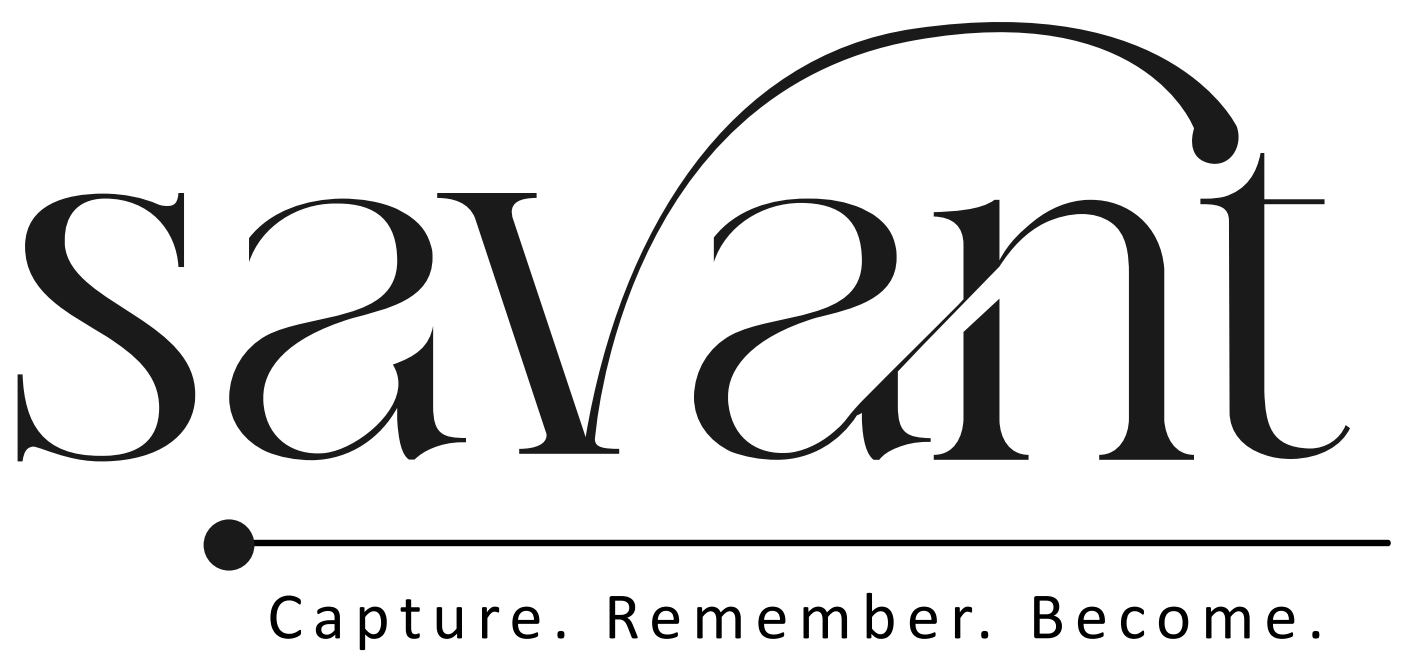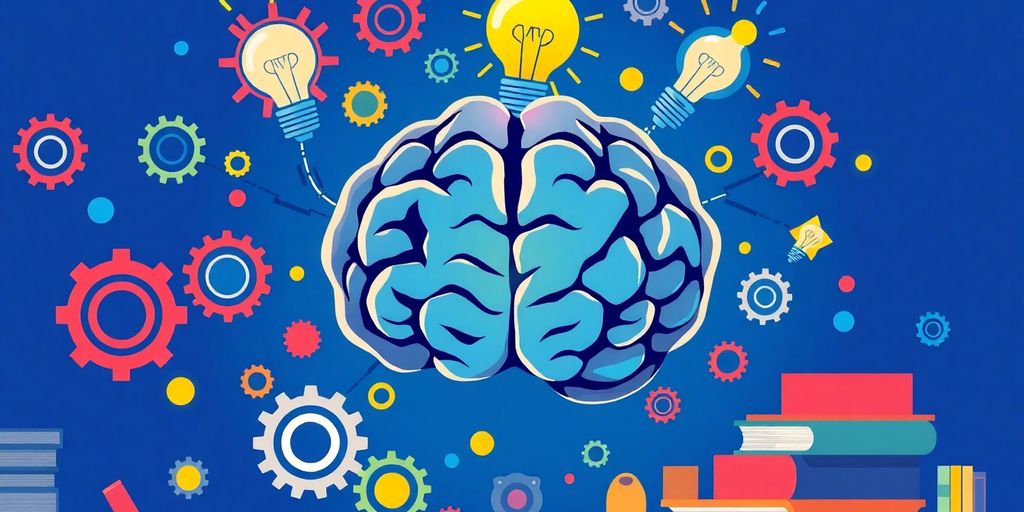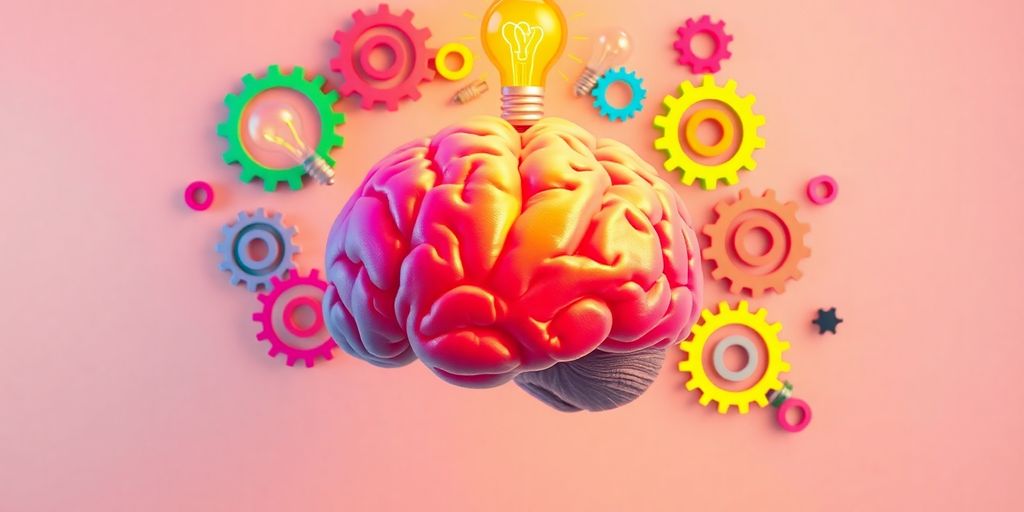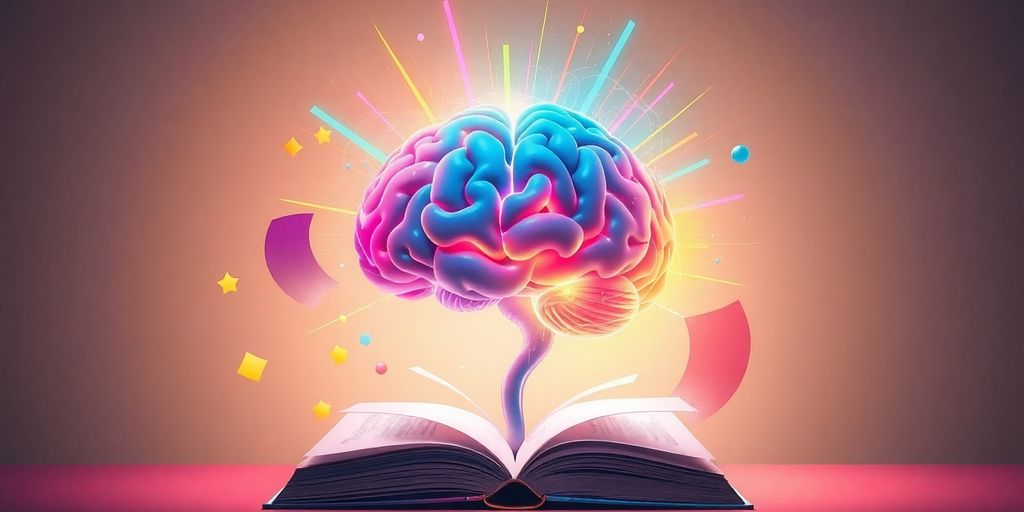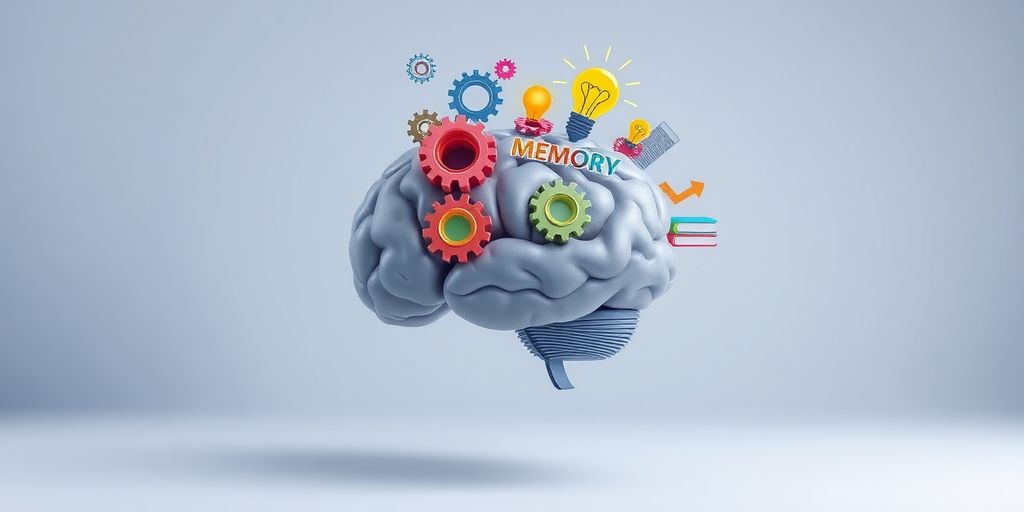Ever wondered how people get so good at different things? Whether it’s art, sports, or just managing their time, mastering skills is all about using the right techniques. This guide is here to help you explore and understand the various methods that can help you become better at what you do. From creative arts to professional development, we’re diving into the world of techniques across different fields.
Key Takeaways
- Understanding the basics is the first step in mastering any technique.
- Creativity plays a huge role in developing new methods and solutions.
- In sports, both physical and mental techniques are crucial for success.
- Everyday life can be improved with better communication and stress management skills.
- Staying updated with emerging trends keeps your skills relevant.
Understanding the Basics of Different Techniques

Defining Techniques Across Disciplines
Techniques are like the building blocks in any field, whether it’s art, science, or sports. They’re the specific methods or ways of doing things that help you achieve a goal. In painting, a technique might be how you apply the paint to the canvas. In coding, it’s the way you write your code to solve a problem. The cool thing is, even though these techniques might seem worlds apart, they share a common purpose: to improve efficiency and effectiveness.
The Importance of Foundational Skills
Before you can run, you’ve got to learn to walk, right? That’s what foundational skills are all about. They’re the basic skills you need to master before you can tackle more complex challenges. Think of them as the ABCs of any discipline. Without a strong foundation, everything else can crumble. Whether it’s learning scales in music or basic footwork in soccer, these skills set you up for success.
Common Misconceptions About Techniques
There’s a lot of myths floating around about techniques. One biggie is that once you learn a technique, you’re set for life. But the truth is, techniques evolve, and so should you. Another misconception is that techniques are rigid and can’t be adapted. In reality, flexibility is key. Adapting techniques to suit your personal style or the situation at hand is often what sets the pros apart from the rest.
Mastering the basics might seem boring at first, but it’s the secret sauce to unlocking more advanced skills. Stick with it, and you’ll see how these fundamental techniques can open doors across various fields.
Diving Into Creative Techniques
Exploring Artistic Methods
Artistic methods are like a playground for the imagination. Whether it’s painting, sculpting, or digital art, these methods allow you to express emotions and ideas in unique ways. Art isn’t just about creating pretty pictures; it’s a form of communication that transcends words. You can explore different mediums, mix colors, and play with textures to bring your vision to life. Experimenting with various techniques, like blending or stippling, can lead to unexpected results and new inspirations.
Innovative Approaches in Technology
In the tech world, creativity is key to innovation. From coding new software to designing user-friendly interfaces, tech requires a creative mindset. Thinking outside the box can lead to groundbreaking apps or gadgets that change how we live. You might start with a simple idea and, through trial and error, develop something truly revolutionary. It’s about seeing possibilities where others see limitations and pushing the boundaries of what’s possible.
The Role of Creativity in Problem Solving
Creativity isn’t just for artists and techies. It’s a crucial skill for solving everyday problems. By reframing challenges as opportunities, you can find solutions that others might miss. For example, if you’re stuck on a project at work, try looking at it from a different angle or brainstorm with a team. Creative problem-solving often involves combining ideas from different fields, which can lead to innovative solutions. Embracing a creative mindset not only helps in overcoming obstacles but also enhances emotional intelligence, making you more adaptable in various situations.
Embracing creativity means allowing yourself to make mistakes and learn from them. It’s about the journey, not just the destination. So, next time you’re faced with a challenge, remember that a creative approach can open doors you never knew existed.
Mastering Techniques in Sports and Fitness
Grappling Techniques in Martial Arts
Grappling is a cornerstone of martial arts, blending skill and strategy like a fine art. It’s not just about strength; it’s about understanding how to maneuver your body and outsmart your opponent. Mastering fundamental sports skills is essential for effective coaching and enhancing sports performance. There are various techniques to explore, from takedowns to joint locks. Each move requires precise timing and a deep understanding of body mechanics. Practicing these techniques repeatedly helps build muscle memory and confidence.
In martial arts, grappling is more than just a physical contest; it’s a mental challenge that builds resilience and strategic thinking.
Building Endurance and Strength
When it comes to sports, endurance and strength are your best friends. Whether you’re running a marathon or lifting weights, building these qualities can make a huge difference. Start with a balanced workout plan that includes both cardio and strength training. Mix things up with activities like cycling, swimming, or even hiking to keep it interesting. And don’t forget about rest days—they’re just as important for recovery and muscle growth.
Here’s a simple weekly plan to get started:
- Monday: Cardio (30 minutes)
- Wednesday: Strength training (focus on upper body)
- Friday: Cardio (45 minutes)
- Sunday: Strength training (focus on lower body)
Mental Strategies for Athletic Success
Sports isn’t just physical; it’s a mental game too. Athletes often talk about "being in the zone," but how do you get there? Start by setting clear goals and visualizing success. Mental rehearsal can be as important as physical practice. Stay positive and focus on what you can control. Techniques like mindfulness and meditation can help calm nerves and improve concentration. Remember, confidence is key, and it often comes from preparation and a positive mindset.
Applying Techniques in Everyday Life
Time Management Techniques
Managing your time efficiently can feel like trying to juggle flaming torches. But hey, once you get the hang of it, it can really change the game. Prioritizing tasks is key. Start by listing out everything you need to do, then figure out what’s urgent and what’s not. This helps you focus on what really matters.
- The Eisenhower Box: This is a simple tool that helps you decide on and prioritize tasks by urgency and importance, sorting out less urgent and important tasks which you can either delegate or not spend much time on.
- Pomodoro Technique: Work for 25 minutes, then take a 5-minute break. Repeat. After four "Pomodoros," take a longer break. This method keeps your mind sharp and prevents burnout.
- Time Blocking: Divide your day into blocks of time. Each block is dedicated to accomplishing a specific task or group of tasks. This helps in minimizing distractions and staying focused.
Effective Communication Skills
Communication isn’t just talking; it’s about making sure your message gets across. Active listening is a biggie. It means truly paying attention to what the other person is saying, not just waiting for your turn to speak.
- Clarity and Conciseness: Be clear and to the point. Avoid jargon unless it’s necessary and your audience understands it.
- Body Language: Your body speaks volumes, sometimes more than words. Maintain eye contact, use gestures, and be mindful of your posture.
- Empathy: Try to understand things from the other person’s perspective. It can make your interactions much more meaningful.
Techniques for Stress Reduction
Life can be a bit much sometimes, can’t it? Finding ways to reduce stress is super important. Mindfulness is one way to ease that tension. You can start with mindful breathing, which helps you stay grounded.
- Mindfulness Meditation: Spend a few minutes each day focusing on your breath and being present in the moment. It’s like a mini-vacation for your mind.
- Visualization: Imagine a peaceful scene or a successful outcome to a stressful situation. This can help shift your mindset and reduce anxiety.
- Physical Activity: Exercise releases endorphins, which can improve your mood and act as natural stress relievers.
"Taking small steps to manage your time, communicate effectively, and reduce stress can make everyday life a lot smoother. It’s all about finding what works for you and sticking with it."
Applying these techniques in everyday life isn’t just about getting things done—it’s about making life a little bit easier and more enjoyable. Give them a try, and see how they fit into your routine.
The Future of Techniques Across Disciplines
Emerging Trends in Interdisciplinary Techniques
The world is changing fast, and so are the ways we learn and apply new skills. Interdisciplinary techniques are becoming more popular as they blend knowledge from different fields to tackle complex problems. For example, materials research combines physics and chemistry to push the boundaries of what’s possible in material science. This fusion not only leads to innovative solutions but also sparks creativity and new ways of thinking.
- Cross-Disciplinary Collaboration: Experts from different fields work together, leading to groundbreaking discoveries.
- Integrated Learning Platforms: Online courses and resources that combine multiple disciplines are on the rise.
- Adaptive Technologies: Tools that personalize learning experiences based on individual needs and interests.
The Impact of Technology on Skill Development
Technology is a game-changer in how we develop and refine our skills. From virtual reality simulations to AI-driven learning platforms, tech is making skill-building more accessible and engaging. With these tools, you can practice real-world scenarios without leaving your home.
- Virtual Reality (VR): Offers immersive experiences that mimic real-life challenges.
- Artificial Intelligence (AI): Provides personalized learning paths and feedback.
- Online Communities: Connects learners globally to share knowledge and resources.
The future is bright for those who embrace technology in their learning journey. By integrating tech, learners can not only enhance their skills but also prepare for the ever-evolving demands of the workforce.
Preparing for Future Challenges
As we look ahead, the ability to adapt and learn new techniques will be essential. Here are some tips to stay ahead:
- Stay Curious: Always be willing to learn and explore new ideas.
- Embrace Change: Be open to adapting your methods and strategies.
- Build a Diverse Skill Set: Don’t limit yourself to one area; explore various fields to become more versatile.
In conclusion, the future of techniques across disciplines is all about blending creativity with technology and collaboration. By staying flexible and open-minded, you’ll be ready to tackle whatever challenges come your way.
Learning Techniques for Personal Growth
Self-Improvement Strategies
Embarking on a self-improvement journey can feel daunting, but breaking it down into small, manageable steps makes it achievable. Start by setting clear, realistic goals for yourself. Identify the areas you want to improve and prioritize them. This could be anything from enhancing your communication skills to learning a new language.
- Set Specific Goals: Define what you want to achieve and set a timeline.
- Create a Plan: Develop a step-by-step plan to reach your goals.
- Track Progress: Regularly check your progress and adjust your plan as needed.
Remember, it’s about progress, not perfection. Celebrate small victories along the way to stay motivated.
Building Resilience Through Techniques
Life throws curveballs, and building resilience is key to bouncing back. Techniques like mindfulness and meditation help manage stress and keep you grounded. Mindfulness trains your mind to focus on the present, reducing anxiety about the future or regrets about the past.
- Practice Mindfulness: Spend a few minutes each day focusing on your breath and being present.
- Meditate Regularly: Even five minutes of meditation can help clear your mind.
- Reflect on Challenges: Consider past challenges and how you overcame them to build confidence.
"Resilience isn’t just about bouncing back; it’s about growing through what you go through." Reflecting on past experiences can strengthen your ability to handle future challenges.
The Journey of Lifelong Learning
Lifelong learning keeps your mind sharp and your skills relevant. Whether it’s formal education or self-directed learning, staying curious is essential. Explore new topics, take up hobbies, or enroll in courses that interest you.
- Stay Curious: Always ask questions and seek knowledge.
- Diversify Learning: Mix different learning methods like reading, online courses, or workshops.
- Engage with Others: Join groups or forums to discuss and share knowledge.
Engaging with a community of learners can provide support and new perspectives. Remember, learning is a journey, not a destination. Keep exploring, and let your curiosity guide you to new heights.
For more structured exercises on personal growth, consider exploring 31 exercises for self-improvement to kickstart your journey.
Techniques for Professional Development
Networking and Collaboration Techniques
In today’s world, building a strong network is like having a secret weapon for your career. Connecting with others opens doors you didn’t even know existed. Here’s how you can get started:
- Attend industry events: These are great places to meet people who share your interests. Plus, you never know who might be looking for someone with your skills.
- Join professional groups: Whether online or in-person, these groups can be a goldmine for making connections and learning new things.
- Reach out on LinkedIn: Don’t just connect—engage! Comment on posts, share insights, and start conversations.
Remember, networking isn’t just about what others can do for you, but also how you can help them. It’s a two-way street.
Leadership Skills and Techniques
Being a leader isn’t just about having a title. It’s about inspiring others and making decisions that benefit the whole team. Here are a few techniques to hone your leadership skills:
- Practice active listening: Truly hearing what your team has to say can make a big difference. It shows you value their input.
- Lead by example: Your actions set the tone for your team’s culture. Show them what you expect through your own behavior.
- Encourage growth: Support your team in their professional development. When they grow, so does your team.
Leadership is about being there for your team and steering them in the right direction.
Adapting to Change in the Workplace
Change is inevitable, especially in the workplace. The key is to adapt and thrive. Here’s how you can do that:
- Stay informed: Keep up with industry trends and changes. The more you know, the better prepared you’ll be.
- Be flexible: Sometimes plans need to change. Being open to new ideas can make transitions smoother.
- Focus on solutions: When challenges arise, shift your mindset to finding solutions rather than dwelling on problems.
"In the face of change, those who adapt are the ones who succeed. Embrace it, and you’ll find new opportunities where others see obstacles."
By embracing change and continuously improving your skills, you can make the most of your professional development journey. Remember, professional development activities are essential for enhancing your skills and knowledge, helping you reach your full potential in the workplace.
Wrapping It All Up
So, there you have it, folks! We’ve taken a whirlwind tour through the world of mastering skills across different fields. Whether you’re diving into martial arts or tackling interdisciplinary research, the journey is all about embracing new challenges and learning from every experience. Remember, it’s not just about reaching the finish line but enjoying the ride and picking up nuggets of wisdom along the way. Keep exploring, stay curious, and who knows? You might just discover a passion you never knew you had. Until next time, keep pushing those boundaries and happy learning!
Frequently Asked Questions
What are techniques and why are they important?
Techniques are methods or ways of doing things in different fields. They are important because they help us do tasks better and more efficiently.
How can I improve my skills in different areas?
You can improve by practicing regularly, learning from experts, and trying new methods to see what works best for you.
What role does creativity play in learning new techniques?
Creativity helps you think of new ways to solve problems and make tasks more interesting, which can lead to better learning.
Why is it important to learn techniques in sports and fitness?
Learning techniques in sports and fitness helps you play better, stay safe, and achieve your fitness goals more effectively.
How can techniques help in everyday life?
Techniques can make daily tasks like managing time, communicating, and handling stress easier and more effective.
What are future trends in learning new techniques?
Future trends might include using more technology and combining ideas from different fields to learn new techniques.
